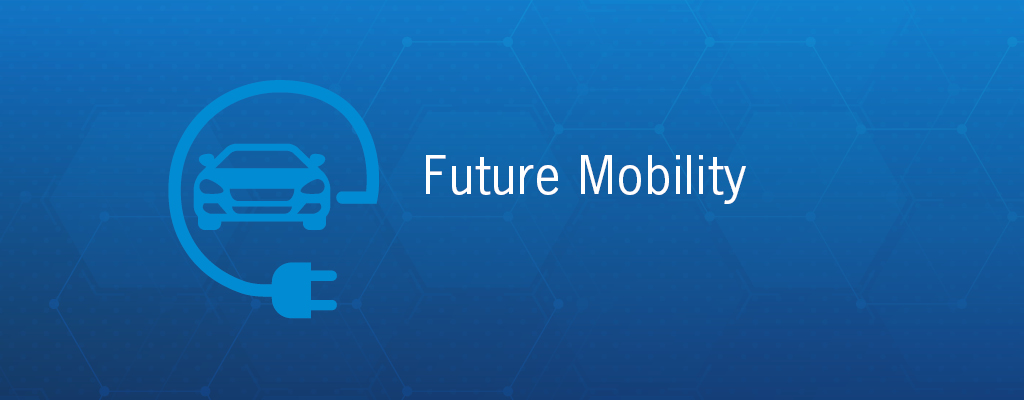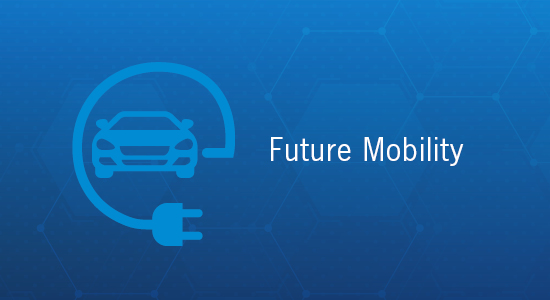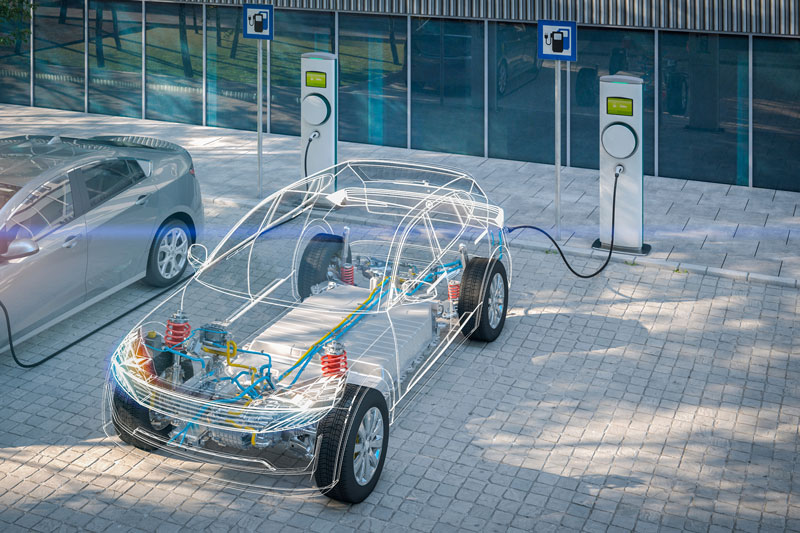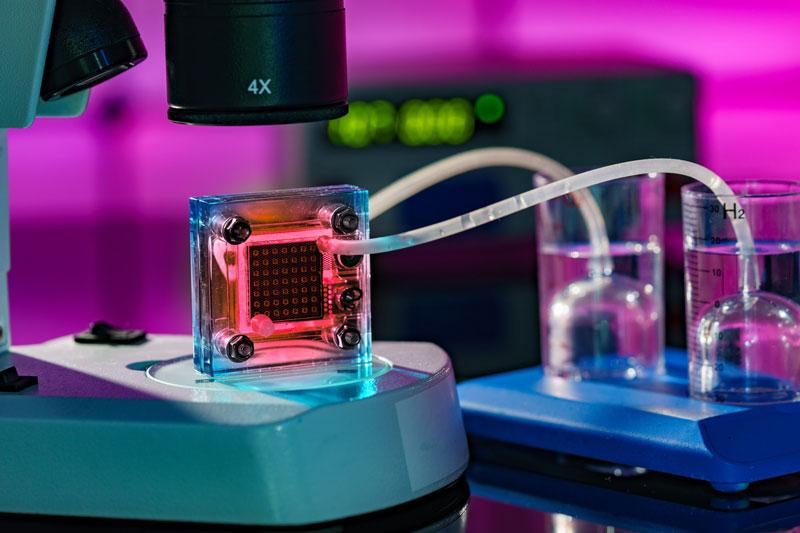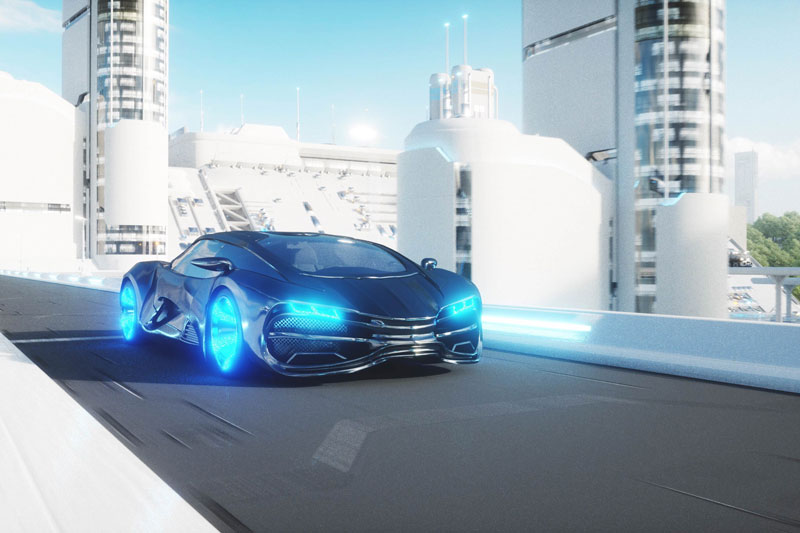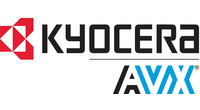Future Mobility – What Really Moves Us
What is Future Mobility?
Tomorrow's mobility is associated with the desire to achieve seamless integration of personal freedom of decision and movement into a growing traffic volume. Its complexity will grow. It will become more individualized and applications increasingly diversified. Only intelligent, networked, autonomous and shareable solutions will fulfill increasing requirements. Whether innovative, unique solutions or optimization of existing applications, Rutronik provides the components and offers knowledge to open a new chapter of mobility together with our partners.
Future of Automotive: More Than Simple Transportation of People and Goods
Enormous technological advances are ahead of us to change mobility - the way we transport people or goods from A to B. Major key drivers to create personalized user and brand experience are advanced digitalization and connectivity. The result is intelligent and user-centric mobility with completely new concepts and features such as autonomous driving. This future is shaped by electronic components and software.
Fields of application:
- Advanced Driver Assistance Systems (ADAS) & LiDAR
- Car-to-Car and V2X-Communication
- Intelligent lighting
- Fuel cell technology
- EV charging
- High voltage power net
- 48 V power net
Any Questions? Get in Contact With Our Product Specialists

